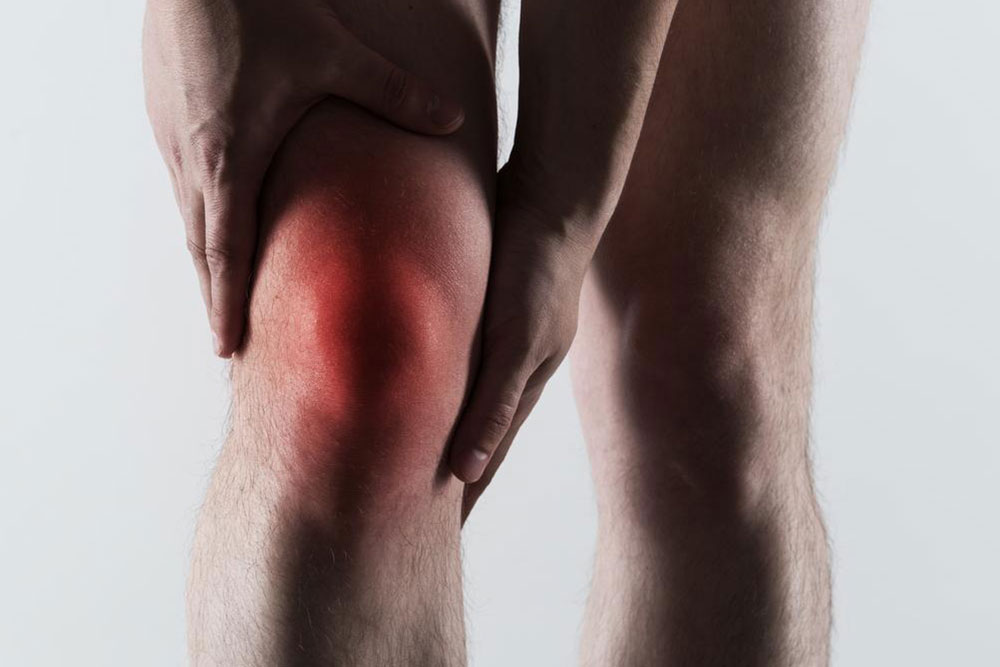Comprehensive Guide to Gout: Recognizing Symptoms, Understanding Causes, and Managing Risks
This comprehensive article explores gout in detail, covering its symptoms, causes, risk factors, prevention strategies, and treatment options. It emphasizes the importance of early diagnosis and lifestyle modifications to manage and prevent this painful form of arthritis effectively. Understanding gout can help individuals recognize symptoms promptly and seek timely medical care, reducing the risk of joint damage and improving quality of life.

In-Depth Look at Gout Symptoms
Gout is a painful form of inflammatory arthritis caused by the buildup of uric acid in the bloodstream, which leads to the formation of needle-like crystals within joints and surrounding tissues. This condition predominantly affects the lower extremities, particularly the big toe, but can also involve ankles, knees, wrists, and fingers. As uric acid levels rise due to improper metabolism, excess crystals deposit in the joints, triggering intense pain, swelling, and redness. Gout attacks can develop suddenly and without warning, often during the night or early morning, and the pain can be excruciating, sometimes described as feeling as if the joint is on fire.
Historically, gout was known as the "disease of the rich" due to its association with rich diets and lifestyles. Today, it is recognized as a common form of arthritis affecting approximately 1-2% of Western populations, with increasing prevalence attributed to dietary habits, metabolic syndromes, obesity, and longer life expectancy. The underlying cause is elevated serum uric acid levels (hyperuricemia), which can result from genetic predisposition, dietary choices, or impaired kidney excretion.
Several risk factors contribute to the development of gout, including:
Being overweight or obese, which increases uric acid production and decreases its elimination.
Consumption of foods high in purines, such as red meats, organ meats, seafood, and certain alcoholic beverages, especially beer.
Excessive alcohol intake, which interferes with uric acid excretion.
Use of certain medications like diuretics, which can elevate uric acid levels.
Understanding these factors can help in identifying those at higher risk and implementing preventive measures.
Recognizing the Symptoms of Gout Attacks
Gout typically presents with acute episodes of intense joint pain that can strike unexpectedly. Recognizing the characteristic symptoms is crucial for early intervention, which can prevent joint damage and improve quality of life. The main symptoms include:
Severe pain suddenly awakening the individual, often during the night, usually localized in the big toe (known as podagra). The pain is often described as piercing, throbbing, or burning, and even the weight of a bedsheet can cause discomfort.
Noticeable swelling and inflammation in the affected joint, along with warmth and redness. The skin over the joint may appear shiny and tight.
Persistent discomfort and tenderness that last from days to weeks if untreated. Recurrent episodes tend to involve additional joints, including ankles, knees, wrists, and elbows.
In some cases, skin over the joint may flake or peel as inflammation subsides, leaving behind dry, itchy patches.
As the condition progresses without treatment, joint mobility becomes limited, and chronic gout can develop, causing joint deformities and tissue damage.
It’s important to seek medical attention promptly if you experience sudden joint pain, especially if accompanied by swelling, redness, and warmth. Early diagnosis and management can reduce the severity of attacks and prevent long-term joint complications. Be vigilant for signs of infection, such as fever or warmth over multiple joints, which require urgent medical care.
Understanding the Causes of Gout
The primary cause of gout is increased levels of uric acid in the blood, a condition known as hyperuricemia. Uric acid is a waste product formed when the body breaks down purines, substances found naturally in many foods and also produced by the body. When uric acid production exceeds the body's ability to eliminate it through the kidneys, uric acid crystals begin to deposit in the joints and tissues, leading to the inflammatory response characteristic of gout.
Several factors influence uric acid levels, including:
Genetic predisposition: A family history of gout increases risk, implying a hereditary component affecting uric acid metabolism.
Diet: High intake of purine-rich foods like red meats, seafood, and certain vegetables significantly elevates uric acid production.
Alcohol consumption: Especially beer and spirits, which interfere with uric acid excretion.
Obesity: Excess weight increases uric acid levels due to higher cell turnover and insulin resistance, which impairs uric acid clearance.
Renal function: Kidney inefficiency or disease hampers uric acid excretion, contributing to hyperuricemia.
Medications: Certain drugs like diuretics and low-dose aspirin can elevate uric acid levels.
Understanding these causes allows for targeted prevention strategies, such as maintaining a healthy weight, dietary modification, and adequate hydration.
Prevention and Management of Gout
Preventing gout involves lifestyle modifications aimed at maintaining healthy uric acid levels and reducing risk factors. Key strategies include:
Maintaining a balanced diet low in purine-rich foods.
Limiting alcohol intake, especially beer and spirits.
Achieving and maintaining a healthy weight through regular exercise and proper nutrition.
Staying well-hydrated to help the kidneys eliminate uric acid efficiently.
Monitoring uric acid levels periodically, especially if you belong to high-risk groups.
Following medical advice regarding medications that manage uric acid levels, such as allopurinol or febuxostat, if prescribed.
In addition to lifestyle changes, effective management of an acute gout attack includes the use of anti-inflammatory drugs like NSAIDs, corticosteroids, and colchicine. Pain relief and inflammation control are primary goals during flare-ups. Chronic management focuses on lowering uric acid levels to prevent future attacks and joint damage, often requiring long-term medication and regular medical check-ups.
Early diagnosis and comprehensive treatment can significantly improve patient outcomes, reduce the frequency of attacks, and prevent irreversible joint damage. If symptoms like sudden joint pain, swelling, or redness appear, consult a healthcare provider immediately.





